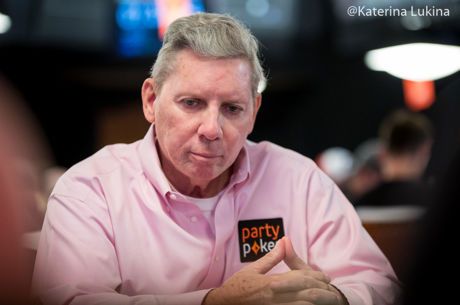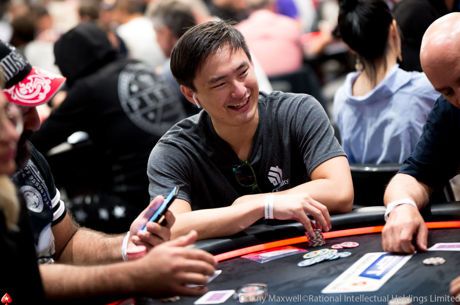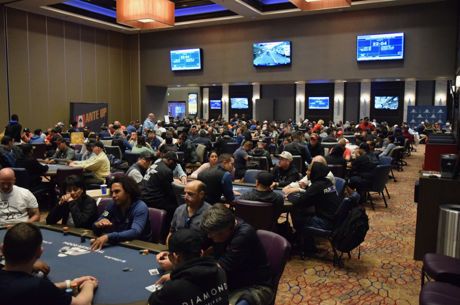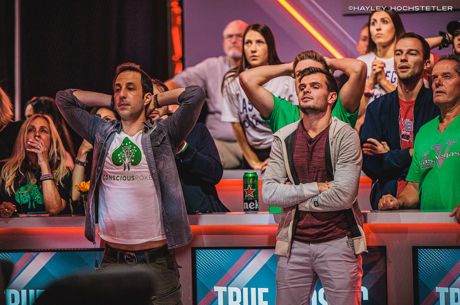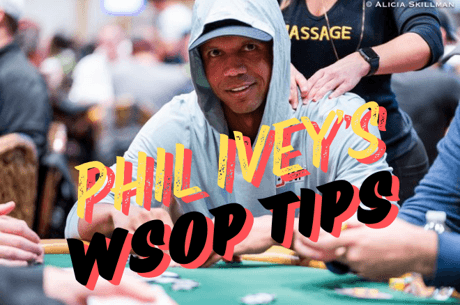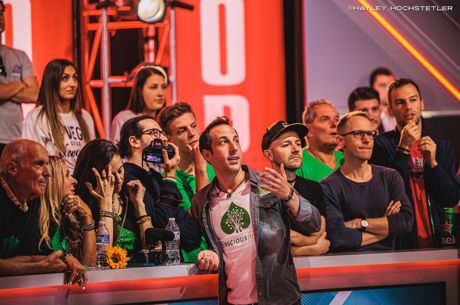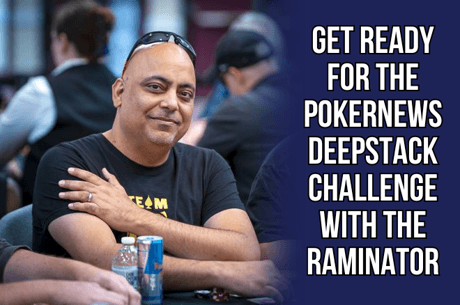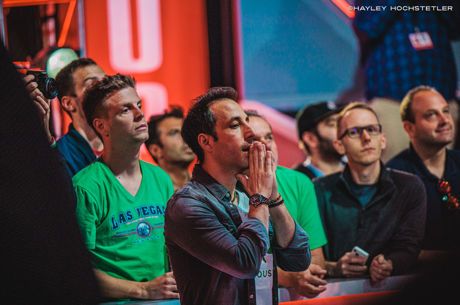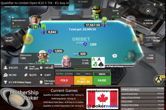Bluffing All-in Early in a Freezeout Tournament
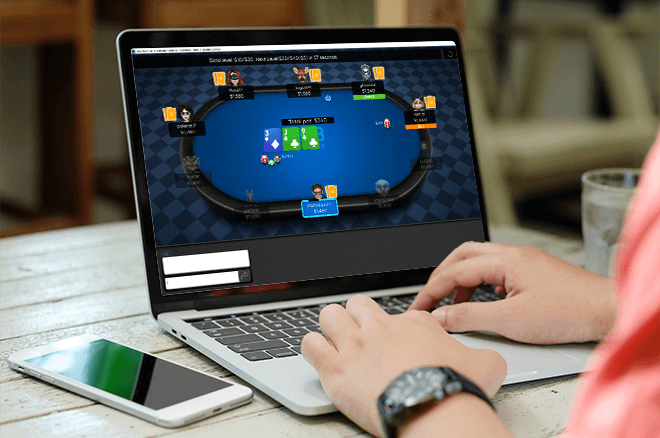
"You should never risk all of your chips in Level 1 of a tournament."
Heard that one before? It's the sort of maxim someone might promote after having to walk back to a hotel room at 2 p.m. in a locale otherwise barren save for its card room.
Even so, while playing online recently I found one such spot in the first level of a $20 buy-in six-max freezeout tournament. Not threatened by having to take such a walk of shame, I decided to make a rare first level all-in bluff. Let's decide together whether or not I was right to do so.
Preflop and Flop: Not Getting Tricky
The hand began with me in the big blind getting dealt A♣J♠, and I watched as the player sitting under the gun, an aggressive regular, raise to 3 big blinds. It folded back around to me.
My hand is too strong to three-bet here, out of position. Or perhaps it is too weak to three-bet. If my opponent four-bets, my hand would be too weak with which to continue. But my hand is also too strong to turn into a bluff.
When we are deep-stacked — here we are a bit over 110 big blinds deep — we would rather play this hand as a call. We ensure all our opponent's A-2 through A-T hands as well as K-J, Q-J, and J-T see the flop against our hand.
Given that rationale, I called, and the flop came A♠K♠4♣.
This is certainly a flop that favors our opponent's range. He has hands we cannot have such as A-A, K-K, or A-K. He also doesn't have as many T-9-offsuit hands as we do. In other words, we have a disadvantage in that we have a bunch of middling and high offsuit hands that, at best, made a gutshot with two under cards to second pair. Other such hands completely whiffed.
In short, we will not be able to check-call this flop with much of our range comfortably. So when we have a hand that can comfortably check-call, we risk weakening our flop check-call range too severely if we were to check-raise with it. Besides, we also have a backdoor straight draw and backdoor flush draw — in other words, plenty of reason to see the turn.
I checked, my opponent bet 6 big blinds into the 7.5 BB pot — a sizing commensurate with his range advantage — and I called.
Turn: Getting Sticky
The turn card was the 10♦, making the board A♠K♠4♣10♦ and giving me a gutshot. I checked and my opponent bet 14 big blinds into 19.5.
On the one hand, I am concerned with the size of the bets my opponent is making. On the other hand, if he was trying to get me to fold a K-x-type hand, he would be ill-advised to bet small. In other words, he should bluff for this size with his bluffs. But because his flop gutshots turned a pair or a straight, the only hands that need to bluff this turn are spades, some of which I block with my J♠.
I think this player is good enough to realize that a pair of tens with J-T is not good enough to check behind on the turn with a hope of getting to a showdown. I also have a hand high up in my range. Sure, A-T, K-T, A-4, 4-4, and Q-J rate far ahead of A-J-offsuit here. But ace-jack is the next best thing, and if I only continue with hands that can beat his value bets, I will be overfolding, given I probably check-call the flop with any pair and any gutshot and any flush draw.
With trepidation, I called.
River: Getting Icky
The river was the 10♠, making the final board A♠K♠4♣10♦10♠.
I must check once again. My opponent, after all, has straights, full houses, and flushes, including the best flushes and full houses. He has also bet every street. I will have to check and decide. The pot is up to 47.5 BB with 88 behind in the stacks.
I check and my opponent bets 35 big blinds.
I do not feel I can call here. I am going to be shown a range of hands that includes some bluffs, like... well, I am not sure what hands need to bluff now, but there is always a chance of a bluff. Then I will also be shown a cavalcade of better hands than mine, starting with A-K and working upwards from there.
The decision in this spot is fold or shove. In favor of shoving I can represent A-T, K-T, 4-4, and a spade flush. I also block Q-J and a spade flush with my J♠ — two of the primary hands that might bet-call even though they know they are probably beat.
My opponent seemed very size-aware from what I could tell. I think he decided this was his board to bet big on, and he was right. But that also means actually that his range might not be as strong as the sizing would otherwise imply. I do have some hands — e.g., A-T, K-T, and 4-4 — that in fact want to shove for value here as well. So I went for it.
This time, my opponent folded.
It is hard to make this point not sound too abstract, but when you feel your opponent is playing well, is a good player, and is not tilted, you might predict your opponent will see things for what they are (instead of through the red-tinted lenses of personal injustice).
In this hand, the line I have taken represents a full house. So if my opponent is just beginning his session and is operating on an even keel, I trust I can get some "monsters" to fold. And that's good enough for me to pull the trigger even in Level 1, especially with the next online tournament just a click away.

